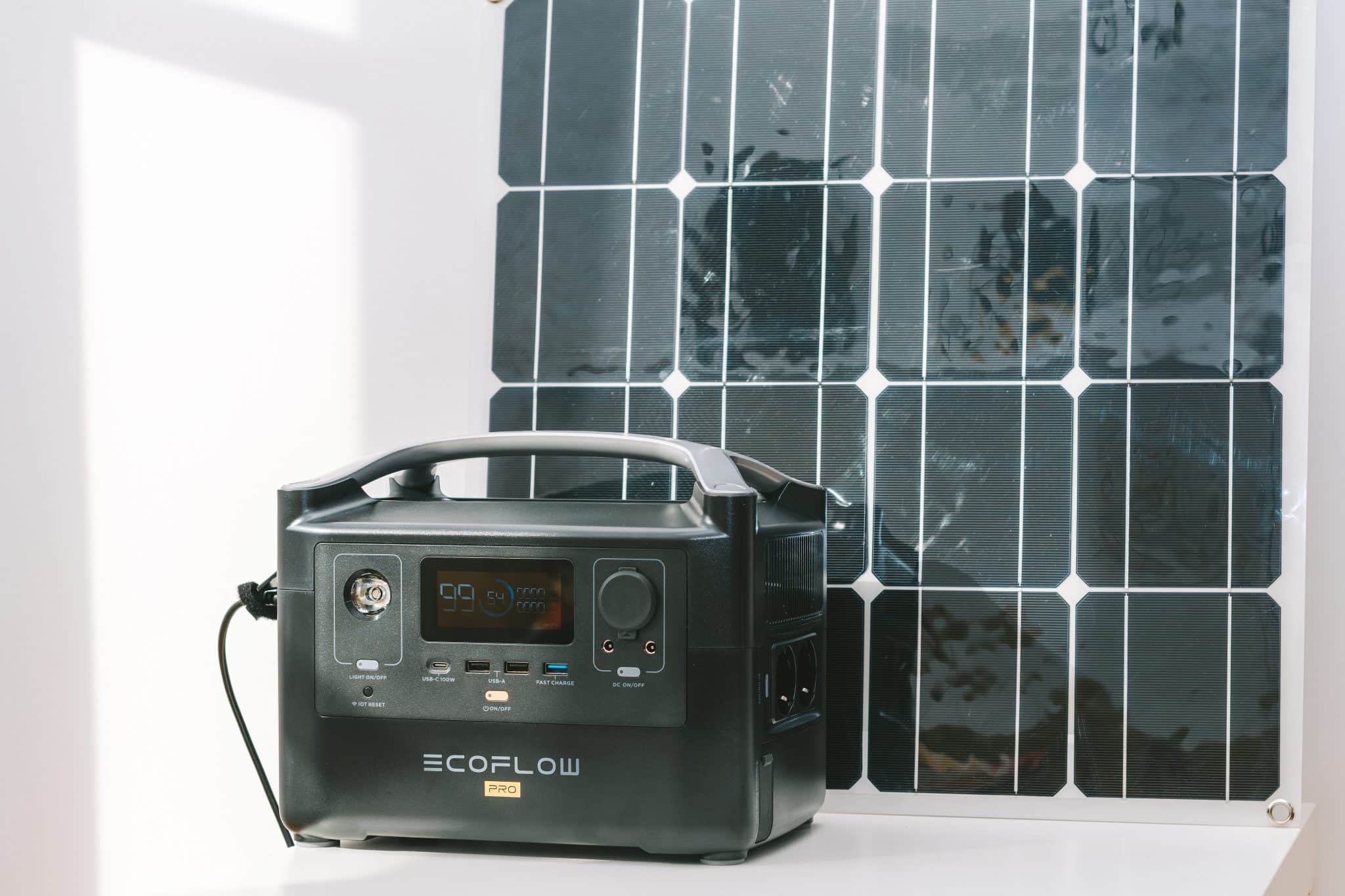14 Tips for Eco-Friendly & Budget Conscious Living
In today’s world, people are embracing sustainable living. Thanks to greater awareness in climate change, consumers have become conscious of the environmental effects of the products they’re using.
However, living a sustainable lifestyle can come at a cost. Research shows that 78% of consumers in the U.S. prefer a sustainable lifestyle, and 55% are willing to pay more for eco-friendly products.
Living an eco-conscious lifestyle may seem expensive at first. But there are some things you can do to make the process of shifting to eco-friendly living budget-friendly. All it takes is a little strategy and creative thinking to live a lifestyle that’s both friendly for the environment as well as your wallet.
Here are some tips to help you achieve eco-friendly and budget-conscious living.
1. Opt for Energy-Efficient Appliances
The energy sector significantly contributes to pollution, accounting for around two-thirds of global greenhouse emissions.
With all the energy needed in our homes, from cooking to laundry, you can spend 2-3% of your salary on electricity bills. However, investing in energy-efficient appliances can shave between 5% to as much 30% off your utility bills.
Opting for renewable energy, such as solar, is also an excellent way to promote sustainability and lower your monthly bills.
2. Conserve Water
The average U.S. household uses around 300 gallons of water (more than 1,000 liters) per day. Reducing water usage can help lower water bills, save energy, preserve our ecosystems, and create a sustainable future.
You can reduce the water you use in your home by using low-flow shower heads, taking short showers, and fixing leaky pipes. You can also harvest rainwater to use in your garden and feed livestock.
3. Consider Sustainable Transportation
Transportation is a notorious contributor to environmental pollution, accounting for 29% of total greenhouse emissions in the U.S.
Opting for a sustainable mode of transportation whenever possible can significantly lower this pollution rate and transport costs. You can consider carpooling, walking, biking, or using public means.
If you live in the city, new modes of transportation such as rideshare bikes and scooters can also be a good alternative to expensive cabs and Ubers.
4. Invest in a Smart Home
Turning your home into a smart home promotes energy efficiency. Investing in smart home solutions such as smart thermostats, lighting, and plugs helps lower electricity bills.
For example, a smart thermostat can regulate your home’s temperature even while you’re away, reducing energy costs.
Such setups can also have routines programmed in. For instance, the AC can be turned off automatically at set times when no one’s home, and turned on just before you arrive.
5. Opt for Sustainable Eating
Opting for sustainable diets and avoiding processed food positively impacts our environment. Processed foods require energy to process, meaning a larger carbon footprint.
You can opt for locally produced and organic food. Having a kitchen garden can also play a significant role in eco-friendly and budget-conscious living.
6. Try DIY or Upcycling
More people are embracing do-it-yourself (DIY) or upcycling existing home projects. Besides lowering costs, these projects reduce waste in our landfills and pollution from manufacturing. Furthermore, DIY boosts creativity and improves emotional well-being.
7. Reduce, Reuse, and Recycle
Reduce, reuse, and recycle, also known as the three R’s, is a mantra that promotes eco-friendly and budget-conscious living. The three R’s stand for:
- Reduce the total waste you generate
- Reuse things that you use as many times as possible before throwing them away.
- Recycle recyclable items
Practicing these three things reduces waste in our landfills, saves you money, and reduces manufacturing pollution. For example, you can use reusable water bottles, containers, and shopping bags.
8. Shift to Eco-Friendly Fashion Choices
Did you know that 85% of all textiles end up in landfills each year? Further, fashion production accounts for 10% of the global carbon emissions. You can reduce this pollution by making conscious choices.
For example, you can opt for secondhand clothes, which are more durable and less expensive. Secondhand clothes can also reduce production and carbon emissions.
Furthermore, you can choose sustainable fabrics such as organic linen, hemp, bamboo, and organic cotton. Quality clothes promote durability, building a sustainable wardrobe.
9. Consider Home Improvement
Some home improvements, such as sealing air leaks and insulating your windows and doors, makes your home more energy efficient, reducing the energy needed to keep it warm. As a result, you will reduce the energy you consume and save some money you could have used on electricity bills.
10. Consider Meal Planning and Food Management
Planning your meals helps reduce waste, saving you money on groceries. This can be possible through weekly meal plans and creating a shopping list, ensuring you stick to them. If you have any leftovers, use your creativity to prepare them. You can consider composting food scraps to use in your garden.
Preparing meals can be tricky for some people due to busy schedules or the fact that cooking is not their thing. You can consider delivering meal services, which can deliver a whole week’s food supply.
Subscribing to these services offers convenience and reduces time waste. Cancellation of these services is easy with the help of a subscription cancellation service that gives you a step-by-step guide on how to cancel any subscription.
Tip 11. Opt for DIY Cleaning Products
Commercial cleaning products contain chemicals that make them expensive. These chemicals can also pollute the environment. Opting to make your cleaning products using natural products is cheaper and reduces the environmental impact.
12. Invest in Sustainable Furniture
If you plan to buy furniture, you can make a sustainable choice. Eco-friendly furniture is made from renewable and nontoxic materials, reducing pollution and waste.
13. Consider sustainable Housing
Sustainable homes remain popular as people live an eco-friendly and budget-conscious lifestyle. These houses are built using sustainable materials, which are sturdy and last longer. Sustainable house designs help reduce carbon footprints. They also come in different designs, meaning you can find one that meets your needs.
14. Stay Updated
Keeping up with the latest trends and technology can go a long way when shifting to eco-friendly and budget-conscious living. Staying updated helps you make informed decisions. You can achieve this by following reputable eco-conscious blogs, websites, and social media.
Newsletters are also an excellent way to keep up with eco-friendly happenings, so you can subscribe to relevant ones. On top of this, you can attend workshops and webinars, read books and articles, and join forums and communities.
Take Away
Sustainable living is a choice and responsibility, contributing to a healthier planet and benefiting your wallet. While there are numerous things you can do to promote eco-friendly and budget-conscious living, consistency is key.
It can be challenging to change your lifestyle all at once, but taking one step at a time can help you achieve your desire to live sustainably.
You can use energy-efficient appliances, conserve water, choose sustainable transportation, switch to a smart home, and embrace sustainable eating.







One Comment